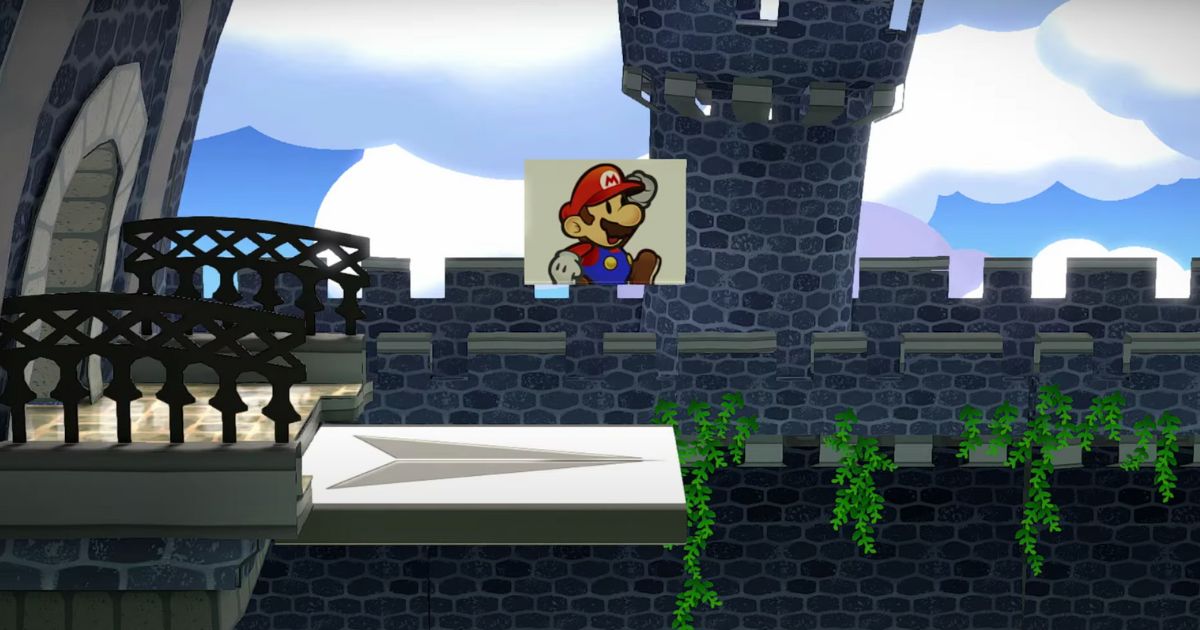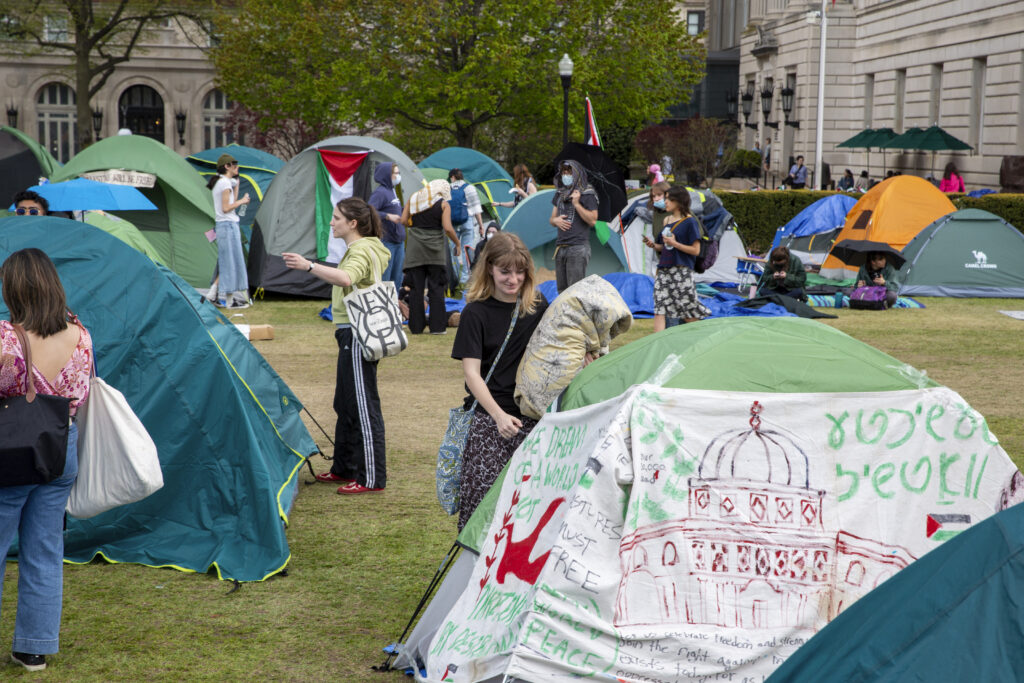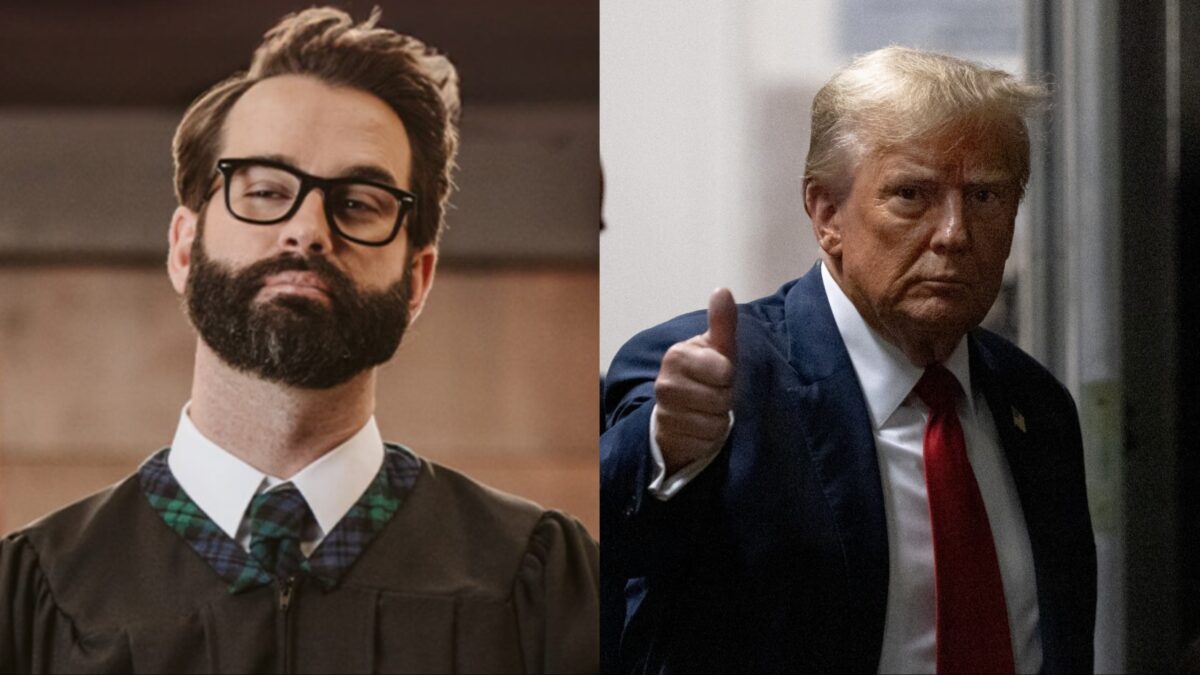Researchers Grow Stem Cells Aboard International Space Station In New Study
Scientists are growing stem cells in space in an effort to discover new ways to produce large batches of certain stem cells to treat a variety of diseases.
Researchers from Cedars-Sinai Medical Center in Los Angeles are behind the program that delivered stem cells to the International Space Station (ISS) over the weekend on a supply trip delivery.
“By pushing the boundaries like this, it’s knowledge and it’s science and it’s learning,” said Clive Svendsen, executive director of Cedars-Sinai’s Regenerative Medicine Institute.
The project is the seventh of its type that has included stem cells sent to space from experiments by the U.S., China, and Italy. The efforts are attempting to overcome the difficulty of growing large quantities of stem cells under the Earth’s gravity by conducting efforts beyond the planet’s atmosphere.
“In zero G, there’s no force on the cells, so they can just grow in a different way,” Svendsen said.
The particular cells used in the Cedars-Sinai experiment are pluripotent stem cells (iPSCs). These materials are utilized by scientists for a variety of treatments, ranging from skin to blood cells.
“Human iPSCs are ideal for creating and testing potential treatments that can be tailored to an individual,” ISS National Laboratory explains regarding the mission. “Microgravity may overcome some of the problems involved in the processes by which stem cells divide and become different types of cells, which could advance the manufacturing of iPSCs for the treatment of various diseases on Earth.”
Leaders at Cedars-Sinai said in an announcement of the project last year that they are excited to pursue the research with the goal of advancing clinical treatment.
“Going to space to improve stem cell production is consistent with the innovative discovery programs at the Cedars-Sinai Board of Governors Regenerative Medicine Institute,” said Shlomo Melmed, MB, ChB, executive vice president of Academic Affairs and dean of the Medical Faculty at Cedars-Sinai. “This bold next step in the evolution of this forward-looking science will advance our progress toward future cell therapies. The potential of regenerative medicine is truly out of this world.”
The experiment also involves growing a similar set of stem cells on Earth for comparison. The stem cells on the ISS will be returned in a few weeks on a SpaceX capsule and then analyzed.
Elon Musk‘s SpaceX Falcon 9 launched 46 Starlink satellites into space on a week ago in an operation that was streamed live from California’s Vandenberg Space Force Base, with the Falcon 9 landing on a ship at sea.
Watch Falcon 9 launch 46 Starlink satellites to orbit → https://t.co/1i5c8JEr6y https://t.co/BqtQBgG3wp
— SpaceX (@SpaceX) July 11, 2022
The launch marked the 50th dedicated mission for the Starlink internet project with Starlink’s new satellites deploying approximately one hour after liftoff.
In addition to the positive mission last week, SpaceX also endured a recent setback after a sudden explosion rocked its testing facilities in Boca Chica, Texas, on Monday.
The company’s Super Heavy Booster caught fire, with a live stream from NASA Space Flight capturing footage of the explosion.
Holy moly. Well, that was unexpected!https://t.co/dUUqw7ojRv pic.twitter.com/7IGztPuE12
— Chris Bergin – NSF (@NASASpaceflight) July 11, 2022
Musk responded on Twitter with the comment, “Yeah, actually not good. Team is assessing damage.”
" Conservative News Daily does not always share or support the views and opinions expressed here; they are just those of the writer."





